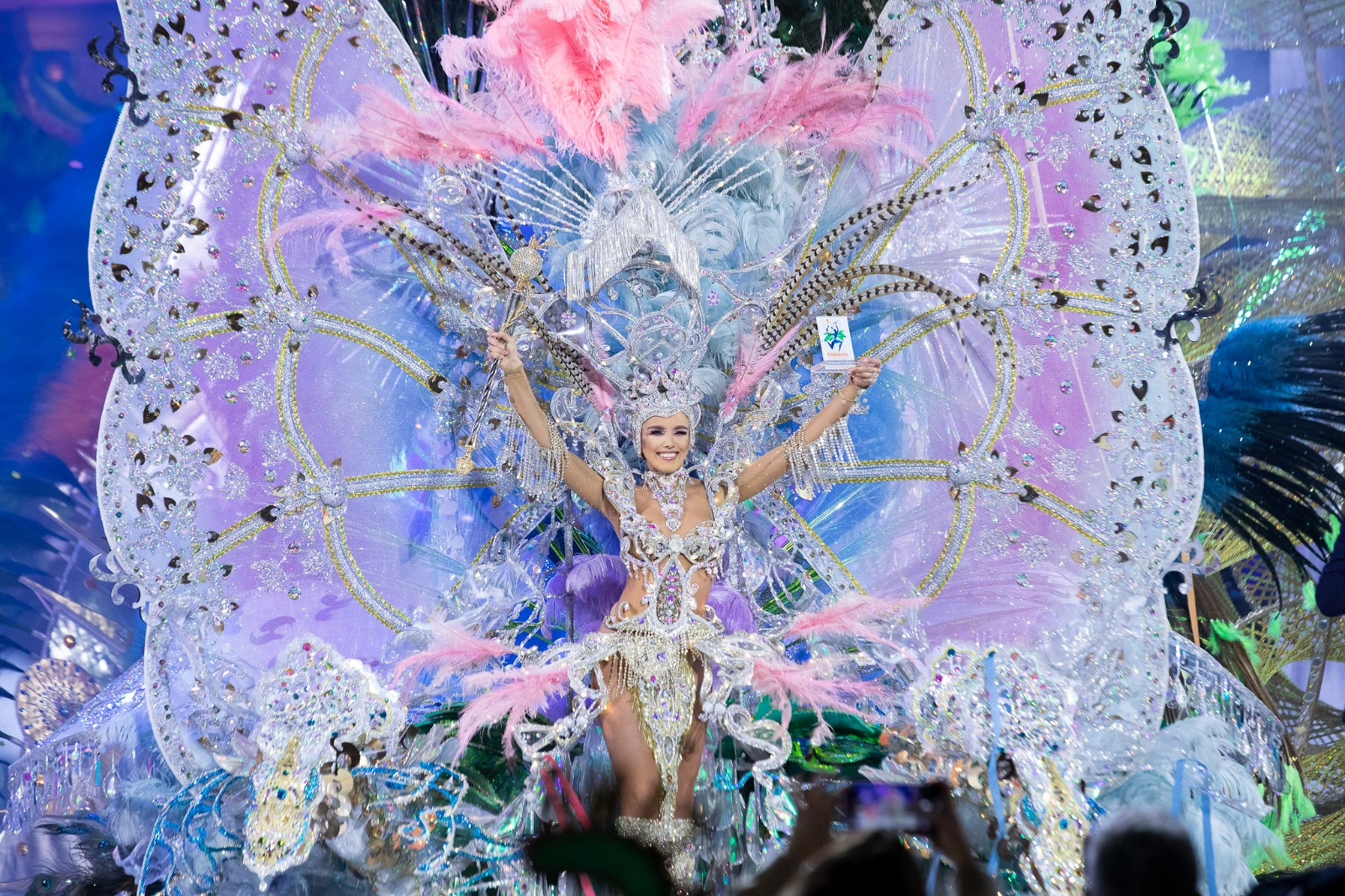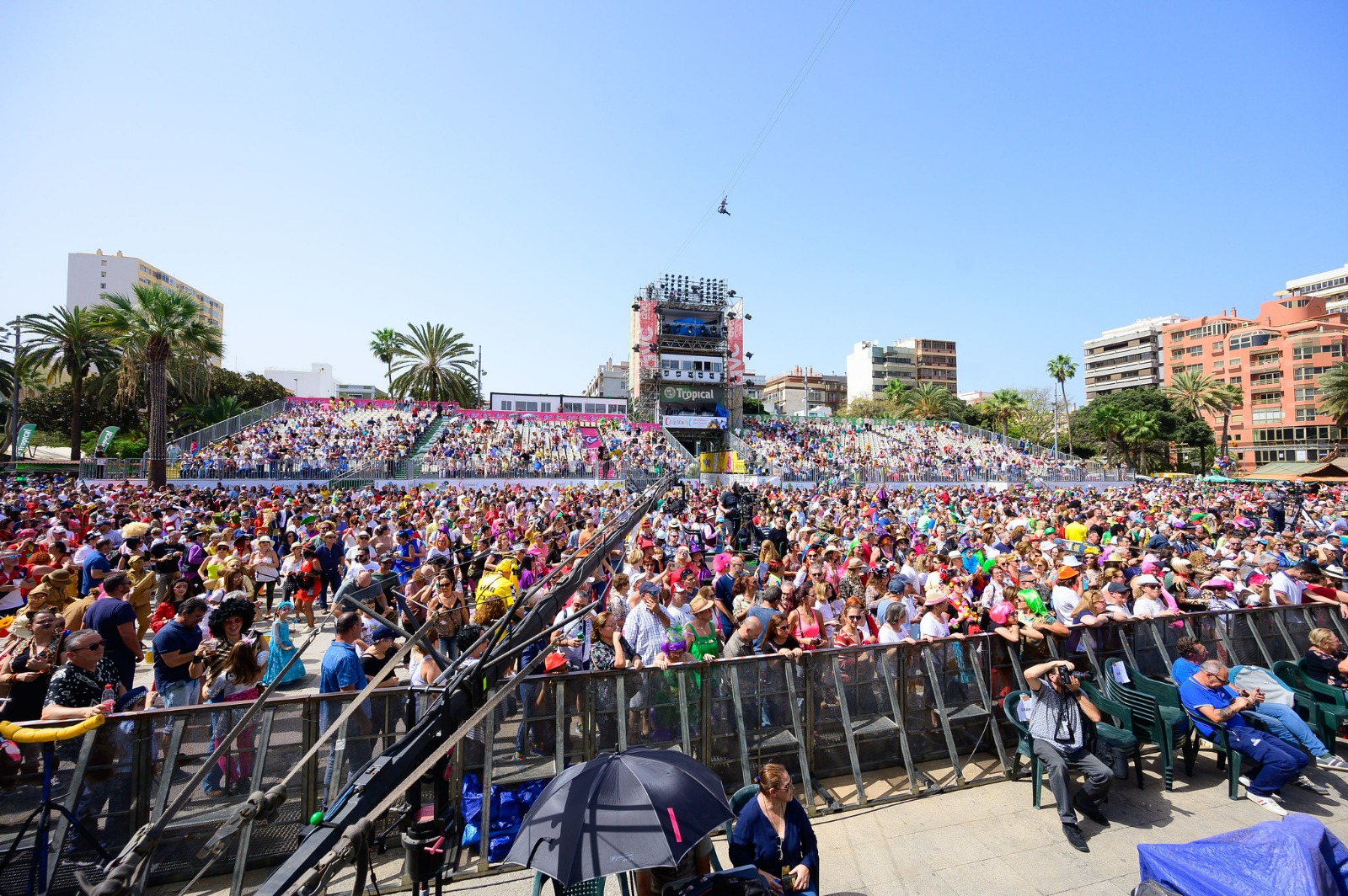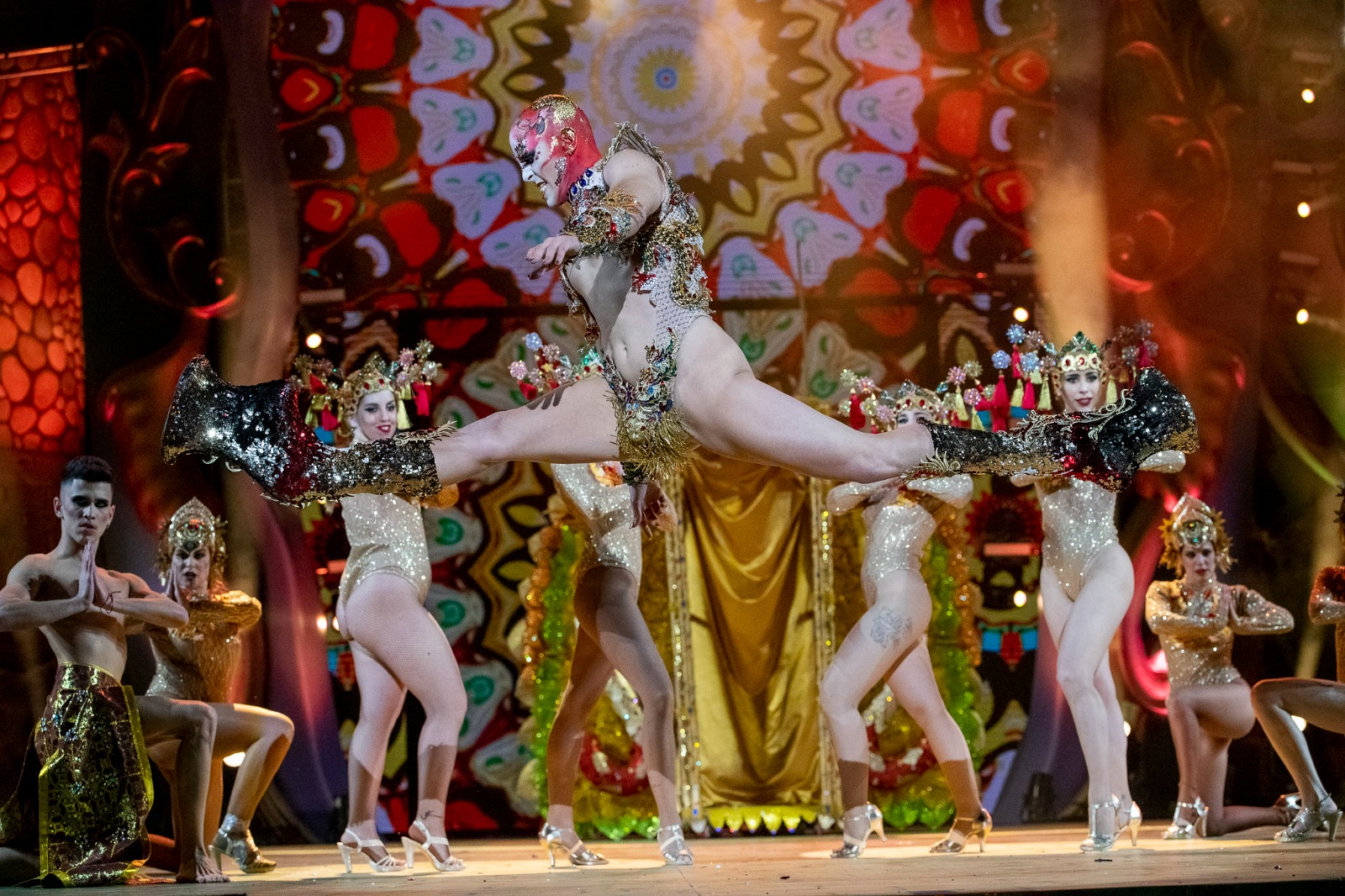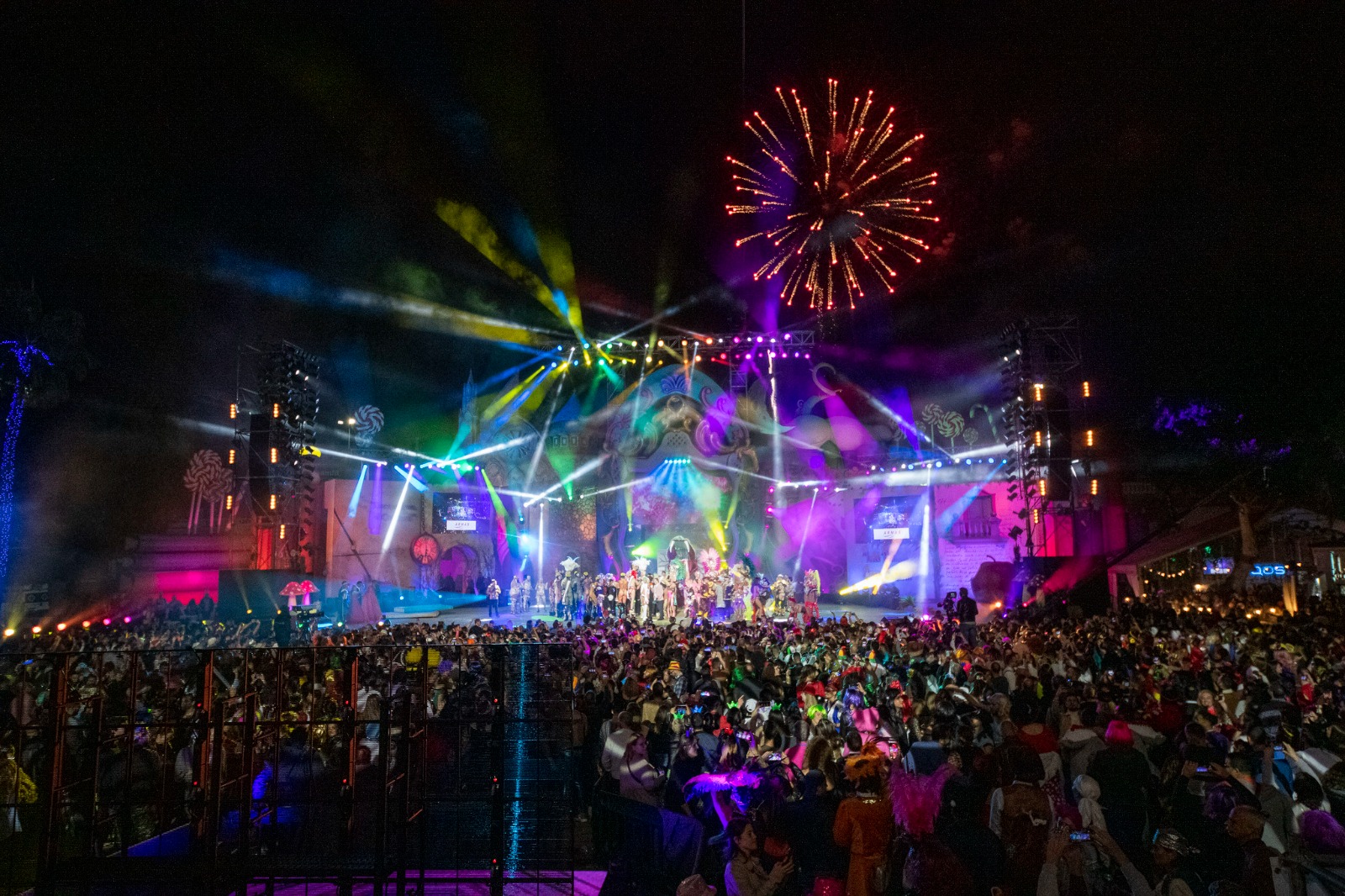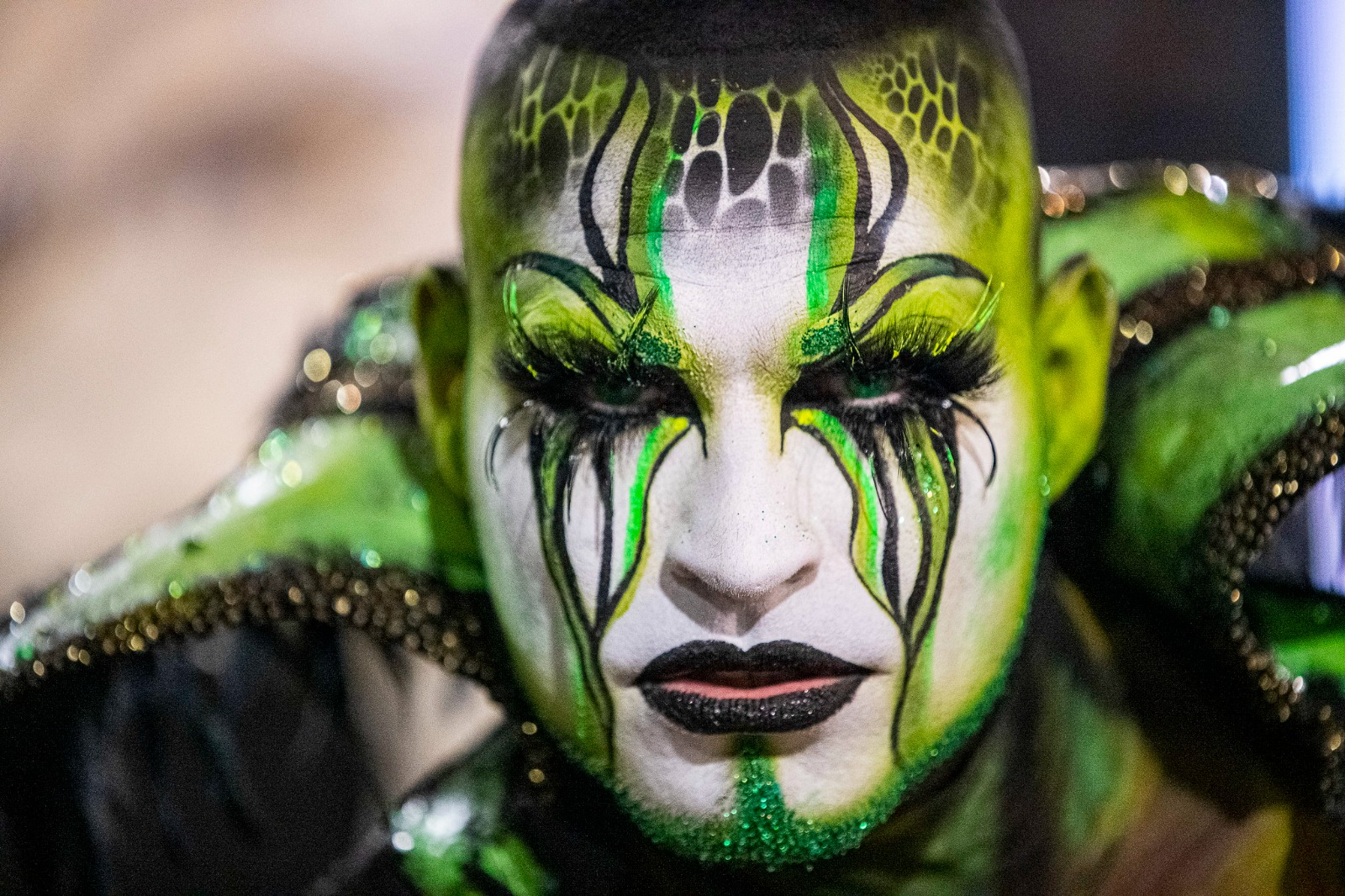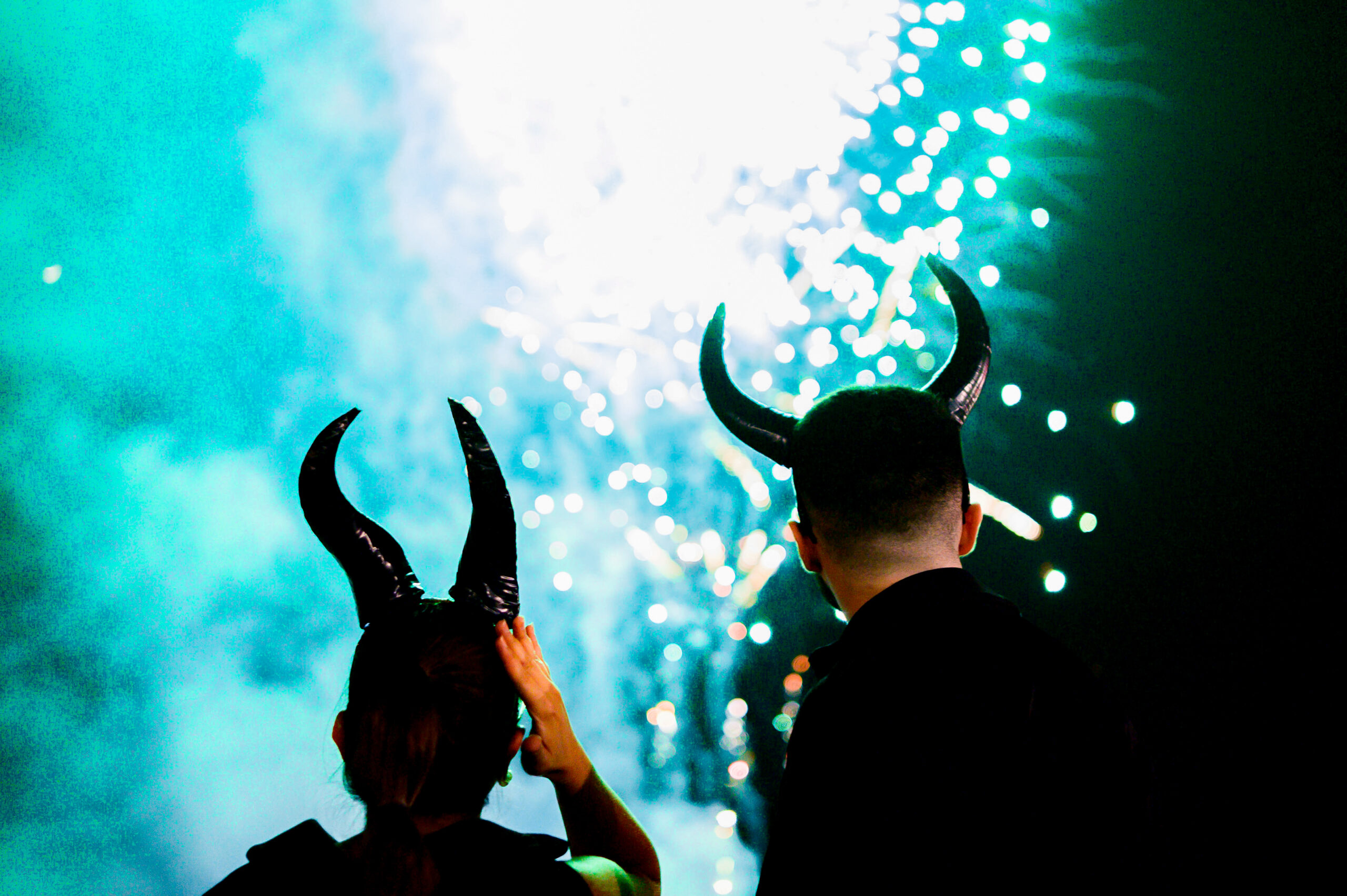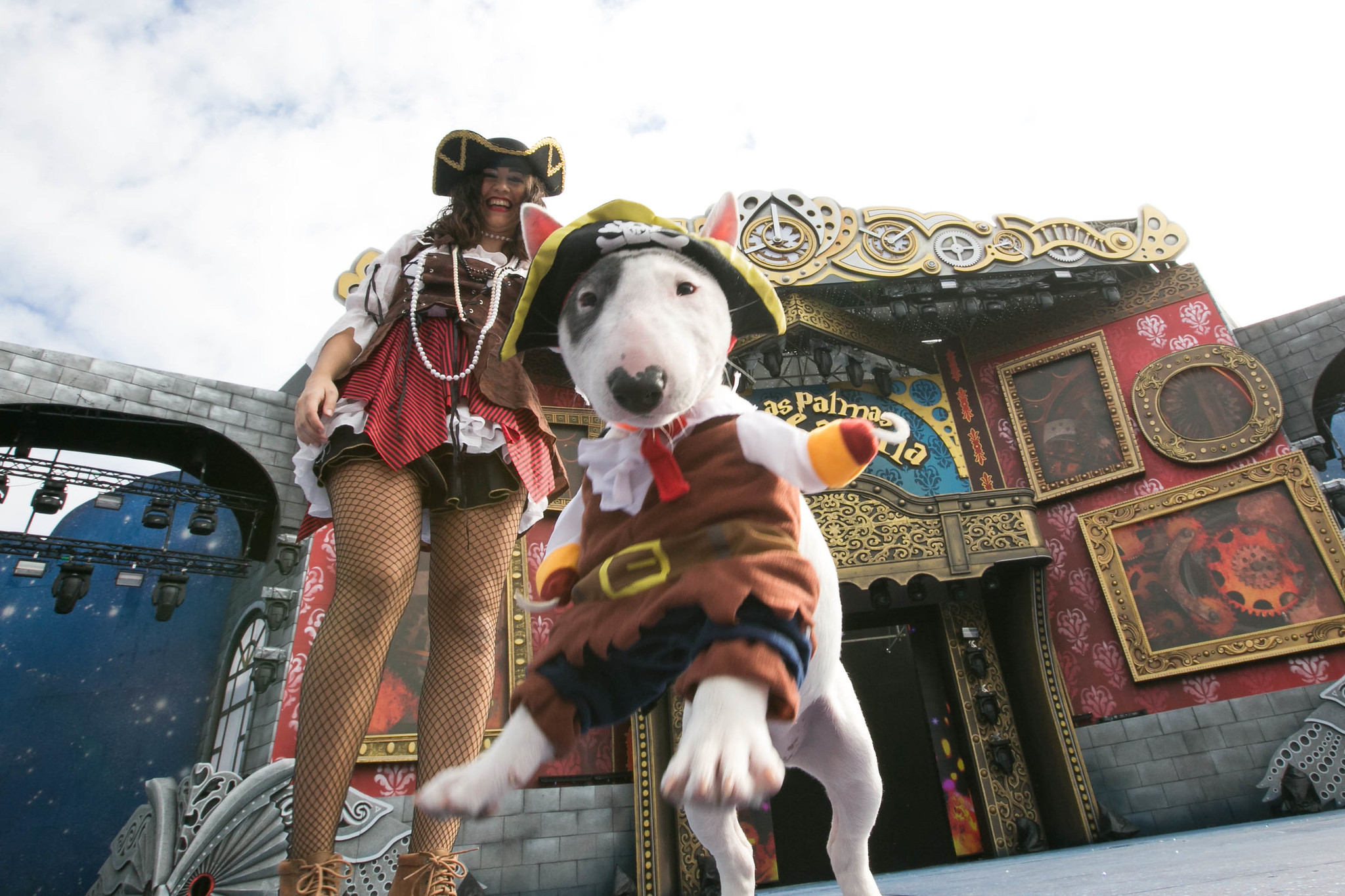2023 sees the most popular of all the city’s festivities celebrate the 25th anniversary of its Drag Queen Gala, consolidated as a major social and cultural event, with international standing … and a real industry, bringing in €40 million in profits on investment
2023 is a big year for the Las Palmas de Gran Canaria Carnival. The most popular and most international of the city’s celebrations, with most participants, addresses the first full programme unhindered by the restrictions imposed by the Covid pandemic in the two previous years. The Carnival schedule, themed this year around the universe of the mythical New York nightclub Studio 54 and disco music, runs from February 10 to March 5. The greatest worldwide impact comes from the gala to be held on the last weekend: the great Drag Queen date. Platform shoes are one of the unmistakable identifying features of this great event as it livens up winter in the biggest city on the Canary Islands.
It is quite clear, from long before its scheduled events actually begin, that the Gran Canaria capital’s Carnival is much more than just a fiesta. Carnival activity spans practically the whole year with its production and preparation (including rehearsals for its Murgas and Comparsas and the work of those aspiring to the crowns), and this year the celebrations of the new edition started on 4 February, with the presentation of the candidates for its four main galas: the Junior Gala, the Grande Dame Gala, the classic Carnival Queen Gala, and the Drag Queen Gala.
From 10 February, the Carnival will hold its main events in Santa Catalina Park, with the celebration of the main galas and competitions from the programme. Among these, the fancy-dress contest (11 February), the Grand Dame Gala (12 February), the Comparsa contest (17 February), the Murgas final (18 February, after three nights of prior heats), the Junior Gala (19 February), its prestigious International Body Painting Contest (21 February, Carnival Tuesday), the iconic Carnival Queen Gala (24 February) and even the well-established and popular Dog Carnival (26 February).
The Drag Queen Gala (broadcast internationally and a habitual Trending Topic worldwide on Twitter each year) will reach its 25th Anniversary on Friday 3 March, on one of the most eagerly awaited nights of the festivities. Before, on 20 February, a strongly contested preselection of finalists will take place, also at the Santa Catalina Park, with over twenty contenders giving their all to the live audience, but without the presence of cameras. The queens who get through this round thus keep the element of surprise for the big audiences on the night of the final. An evening where transgression and freedom are vindicated as its major values.
An additional and outstanding characteristic of the Las Palmas de Gran Canaria Carnival is that it is a popular and urban celebration, reaching further than just its competitions. A Star Event is its Grand Parade, parading all around the centre of the city (4 March). Or the Burial of the Sardine (which rounds off the festivities on 5 March). As well as this, Santa Catalina Park and the area surrounding the Plaza de la Música, next to the emblematic Alfredo Kraus Auditorium (at the west end of Las Canteras beach) will be the site for the Daytime Carnival celebrations, with great animation for the audience in fancy dress, and live music. Concerts are also scheduled in that same Plaza de la Música on the Carnival Nights, with musical offerings to suit the different audiences and two stages: Disco Salsa and Urban Dance.
In its totality, the Carnival really is much more than a popular, social celebration: it is part of the very identity of Las Palmas de Gran Canaria, an open and cosmopolitan city (permanently in contact with Europe, Africa and America since the end of the 19th century when the city’s Port assumed a strong position as a strategic Atlantic hub). This is what lies behind the significant investment made by the organisers, the Sociedad de Promoción de Las Palmas de Gran Canaria (Society for the Promotion of Las Palmas de Gran Canaria), in the programme for these festivities. A total of between €3.5 and €4 million. Altogether, profitability is ensured: the activity of the media and of the cultural sector, the businesses and catering activity in and around the zones of the celebrations, the impact on the hotel and rental trade and the production sectors linked to the festivities (from preparation of the fancy dress costumes to public transport) bring the economic impact of the Carnival to an estimated €20 million, according to prior studies undertaken recently in collaboration with the University of Las Palmas de Gran Canaria.

